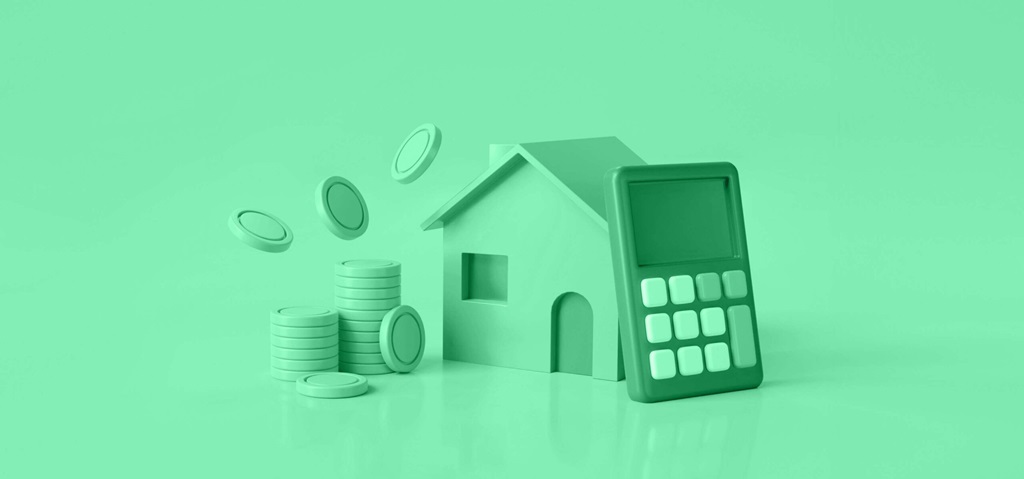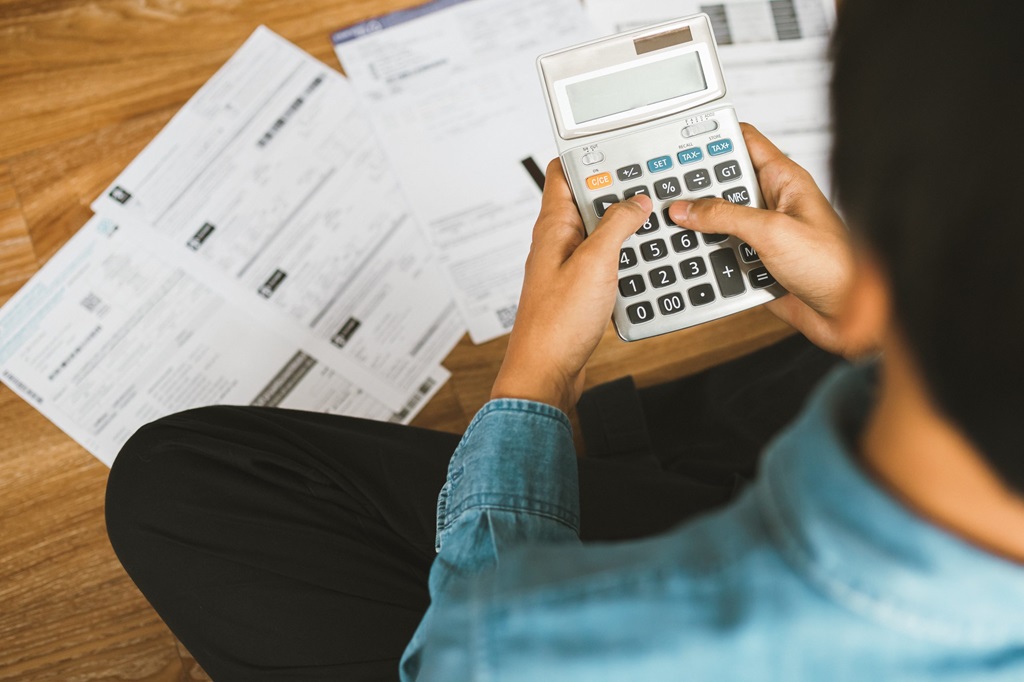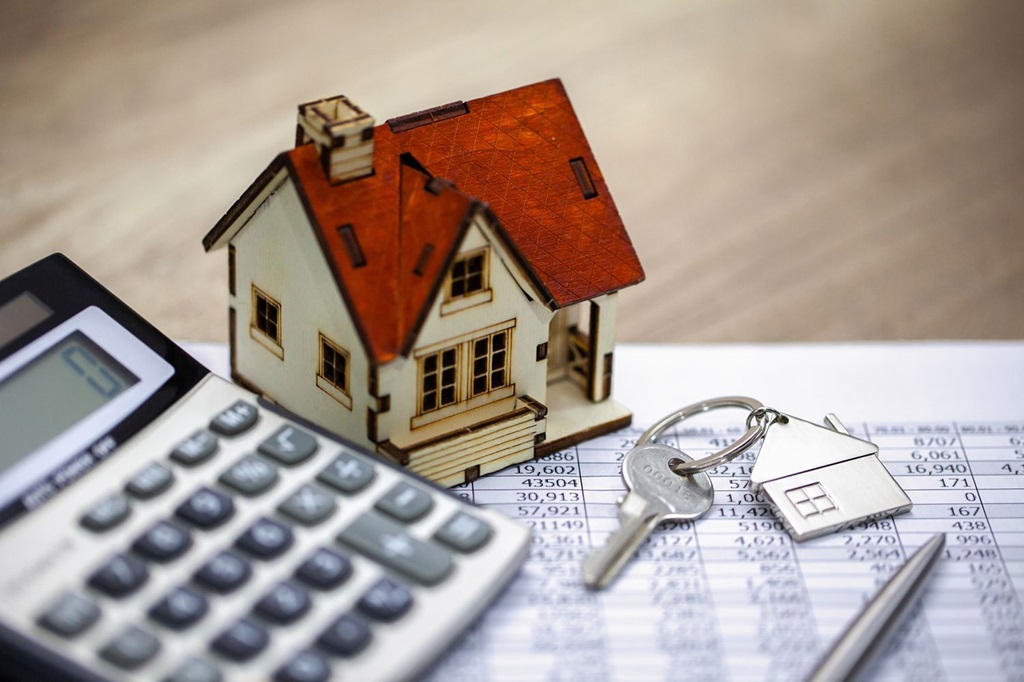A 3 2 1 buydown mortgage can be an attractive option for homebuyers looking to lower their monthly payments in the first few years of their loan. Using a buydown calculator can help you determine if this type of mortgage makes financial sense for your situation. In this comprehensive guide, we will explain what a 3 2 1 buydown calculator is, who it’s best suited for, and how to use a buydown calculator to run the numbers.
What is a 3 2 1 Buydown Mortgage?
A 3 2 1 buydown mortgage is a type of adjustable-rate mortgage (ARM) that allows you to “buy down” the interest rate in the first three years of the loan. Here’s how it works:
- In the first year, the interest rate is reduced or “bought down” by a certain percentage set by the lender, usually 2-3%.
- In the second year, the interest rate is brought down by a smaller percentage, usually 2%.
- In the third year, the rate is brought down by 1%.
- After the third year, the interest rate reverts to the fully indexed rate based on the ARM index and margin.
The “buydowns” in the first three years serve to lower your monthly mortgage payments during that initial period. But after the buydowns end, your payment will increase – sometimes significantly.
The buydowns are paid for by the homebuyer, seller, or lender upfront as a lump sum at closing. This upfront fee gets put into an escrow account and is used to “buy down” the rate in years 1-3.
Who is a 3 2 1 Buydown Best Suited For?
A 3 2 1 buydown can benefit homebuyers who:
- Have irregular income that is expected to increase substantially in 3-5 years. For example, someone starting a new job or business. The lower payments in the early years provide flexibility when cash flow is tighter.
- Need to qualify for a higher loan amount but can’t afford the payments long-term. The bought-down rates make it easier to qualify with lower initial payments.
- Are first-time homebuyers trying to get into a house they otherwise couldn’t afford? The lower rates decrease payments in the first few critical years as you adjust to homeownership.
- Expect to refinance or sell the home within the first 3-5 years. If you don’t plan to keep the mortgage beyond the buydown period, the increased payment won’t matter.
- Want temporary payment relief for any other reason? For example, to pursue higher education, start a family, or allow temporary single-income status.
The buydown gives you lower payments when you need them most, but your circumstances should improve enough to handle the higher post-buydown rates. Otherwise, it might become unaffordable down the road.
How Does a 3 2 1 Buydown Mortgage Work?
Let’s look at an example to understand how a 3 2 1 buydown functions.
Say you get a $300,000 mortgage with a 30-year term and a starting rate of 5% (fully indexed rate based on the ARM index/margin).
Here is how the interest rate and payments would work with a 2-1-1 buydown:
Year 1: Rate bought down to 3% (5% starting rate – 2% buydown). Monthly principal & interest payment = $1,264.
Year 2: Rate bought down to 4% (5% starting rate – 1% buydown). Monthly P&I payment = $1,432.
Year 3: Rate bought down to 5% (no buydown). Monthly P&I payment = $1,610.
Years 4-30: Rate stays at 5% fully indexed rate. Monthly P&I payment remains $1,610.
As you can see, the buydown results in much lower payments in Years 1-3. But once the buydowns end, the payment jumps significantly – in this case by $178 per month in Year 4.
Buydowns vary in how much they reduce rates annually. A 3-2-1 buydown lowers rates more aggressively in the first year, while a 2-1-1 buydown spaces the reductions out evenly. The upfront fee also depends on how much the rates get bought down each year.
How Much Does a Buydown Cost?
The cost to buy down the rate is usually between 2-3% of the total mortgage amount. In our example, a $300,000 mortgage with a 2-1-1 buydown costing 2.5% would have a buydown fee of $7,500 ($300,000 x .025).
This $7,500 gets paid at closing and goes into an escrow account. Each year, the escrow funds are applied to reduce the rate per the buydown schedule. Once the escrow runs out, the normal rate on the ARM takes effect.
In some cases, the seller agrees to pay the buydown fee as an incentive for the buyer to purchase the home. Or the lender may offer it as a no-fee perk if you use their mortgage. But usually, the cost is borne by the borrower.
How to Determine if a Buydown Makes Sense
A buydown mortgage can get complicated when weighing temporary savings vs. higher long-term costs. This is where using a buydown calculator becomes invaluable.
Here are the key factors to input into a 3 2 1 buydown calculator:
- Mortgage amount – The loan amount impacts the cost of the buydown. The higher the loan, the more you’ll pay in buydown fees.
- Interest rates – The starting rate, bought-down rates, ARM index and margin all affect savings. The current rate environment also matters.
- Buydown cost – 2-3% of total mortgage amount. Varies by lender.
- Buydown schedule – 3-2-1 or 2-1-1. Impacts the size of payment changes each year.
- Loan term – Shorter terms mean less time for savings to accumulate.
- Payment changes – How much do payments increase after the buydown period?
- Holding years – How long until you sell or refinance? Shorter periods favor a buydown.
Once these factors are inputted, a buydown calculator will estimate:
- Total interest paid over holding period with and without buydown
- Monthly payment amounts each year with and without buydown
- The breakeven point where buydown savings overcome higher costs
This allows you to model various scenarios and see if the temporary rate reductions are worth the extra costs long-term.
Step-by-Step Guide to Using a Buydown Calculator
Let’s go through a step-by-step example of using an online 3 2 1 buydown calculator to assess a hypothetical loan scenario.
- Enter mortgage details – Start by inputting the key details of the mortgage you want to evaluate:
- Mortgage Amount: $300,000
- Interest Rate (starting): 4.5%
- ARM Index: 1-year LIBOR
- Margin: 2.25%
- Loan Term: 30 years
- Choose buydown terms – Next, enter the buydown terms offered:
- Buydown cost: 2.5% ($7,500 on $300k mortgage)
- Schedule: 3-2-1
- Year 1 rate: 1.5% (4.5% – 3%)
- Year 2 rate: 2.5%
- Year 3 rate: 3.5%
- Input other variables – Fill in any other relevant variables:
- Years until refi or sale: 5 years
- Expected rate at refi: 6% fixed
- Closing costs on refi: $5,000
- Compare scenarios – Now the calculator will analyze the loan with and without the buydown over the holding period you indicated.
- Interpret results – Finally, look at the detailed results to see if the buydown provides enough savings to justify the extra costs:
- Interest paid with vs. without buydown
- Payment amounts each year
- Breakeven point vs. holding years
- Net savings over the holding period
Determine if the temporary savings outweigh the higher long-term costs and breakeven timeframe. This will tell you whether the 3 2 1 buydown makes good financial sense or not.
Buydown Calculator Tips
Follow these tips when using a 3 2 1 buydown calculator:
- Run multiple scenarios changing the variables to see the sensitivity.
- Use current rate specs from the lender, don’t estimate.
- Input your actual expected holding period if less than full term.
- Factor in ALL costs – buydown fee, closing costs, higher post-buydown rates.
- Assume higher post-buydown rates in your budget to be safe.
- See if the seller or lender can cover part or all of the buydown costs.
- Extend the holding period to improve breakeven point.
- Compared to other options like a temporary ARM or interest-only loan.
- Get quotes from multiple lenders and run the numbers on each.
Buydown Calculator Limitations
While very useful, buydown calculators do have some limitations to be aware of:
- Estimates depend heavily on the inputs and assumptions made. Small changes can impact outcomes.
- They can’t predict exactly when you will refinance or move.
- Personal factors like job changes or growing family size aren’t accounted for.
- The future interest rate environment is uncertain. Actual rates may differ significantly.
- Calculators don’t consider investment opportunities for the buydown money instead.
- Each lender structures buydowns differently so shop around.
Even with these limitations, a buydown calculator provides valuable insight into the potential costs and benefits of this mortgage option. Just don’t view the output as definitive.
Alternatives to 3 2 1 Buydowns
If the numbers don’t add up in your favor, here are some alternatives to consider instead of a 3 2 1 buydown:
- Temporary ARM – Get an ARM with a fixed period before it adjusts (like a 5/1 or 7/1 ARM). Rates reset at a pre-set interval vs. buying down each year.
- Interest-only loan – Pay only the interest for a set period (usually 5-10 years) before principal payments start.
- 80/10/10 piggyback loan – Combine a first mortgage for 80% of value with two 10% HELOCs. Overall cheaper than a jumbo loan.
- HomeReady or Home Possible – Fannie Mae and Freddie Mac programs for low down payments with discounted PMI.
- Split ARM – Combine a 3-5 year fixed-rate period before switching to an ARM. Provides rate certainty before adjusting.
- Graduated-payment mortgage – Payments start smaller and increase gradually over several years by a preset schedule.
- Builder incentives – Negotiate with builders to have them pay closing costs or points through seller concessions.
Run the numbers on these alternatives too and compare the costs in your situation to a 3 2 1 buydown.
Pros and Cons of 3 2 1 Buydowns
Let’s recap the key pros and cons of using a 3 2 1 buydown mortgage:
Pros:
- Lower payments for first 3 years when needed most
- May allow you to qualify for a larger loan amount
- Makes homebuying affordable if income will rise substantially
- Locks in low rates on the ARM for when they reset
- Ideal if you won’t keep mortgage beyond buydown period
Cons:
- Added costs from buydown fee and higher post-buydown rates
- Monthly payment increases sharply after Year 3
- Costs not recouped if you refinance or sell before breakeven point
- Requires ARM so rate uncertainty after buydown period
- Savings dependent on keeping mortgage beyond breakeven date
Weigh these pros and cons carefully for your specific situation using a buydown calculator. It can be a great flexibility tool or an expensive mistake depending on your circumstances.
Conclusion
A 3 2 1 buydown mortgage can provide temporary payment relief for homebuyers during the first critical years of homeownership. But the additional costs down the road need to be carefully weighed against the upfront savings. Using a buydown calculator gives you an unbiased view of the actual numbers to determine if this specialized mortgage option makes good financial sense in your specific situation. Input your particular loan terms, time horizon and budget needs to see if the benefits outweigh the added fees and rate spikes. For the right homebuyer under the right circumstances, a 3 2 1 buydown can be an attractive way to keep initial payments low as you get settled into your new home.
Frequently Asked Questions
Q: What credit score do you need for a buydown mortgage?
A: There is no specific credit score required, but most lenders want at least a 620 FICO score or higher to qualify for a buydown since it is an ARM. The better your credit, the lower the rates and fees will be.
Q: Can I get a buydown on a 15-year mortgage?
A: Yes, buydowns are possible on 15-year fixed or ARM loans. The shorter term means the savings accumulate faster. But the buydown costs are also condensed into those 15 years instead of 30.
Q: What index is typically used for 3 2 1 buydown ARMs?
A: Most feature the 1-year LIBOR rate as the index. But you may also see Treasury securities, Fed Funds, or other short-term rate indices used which can impact how quickly the ARM adjusts.
Q: Can I pay extra each month or recast to offset the payment increases?
A: Yes, most lenders allow additional principal payments, recasting, or refinancing into a fixed rate when the buydown ends to manage the payment spikes.
Q: Who pays closing costs on a refinance after the buydown period?
A: The borrower pays closing costs on a refinance, which run $3,000-$6,000 typically. Roll these into the new loan amount or pay out of pocket.




